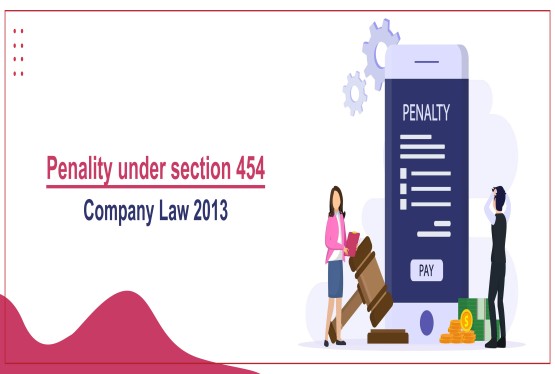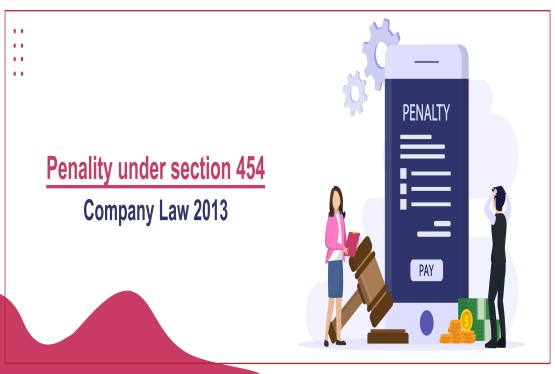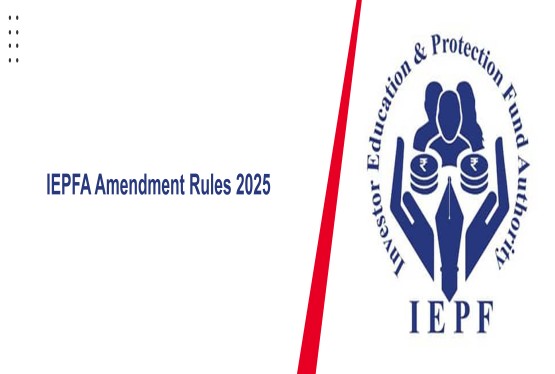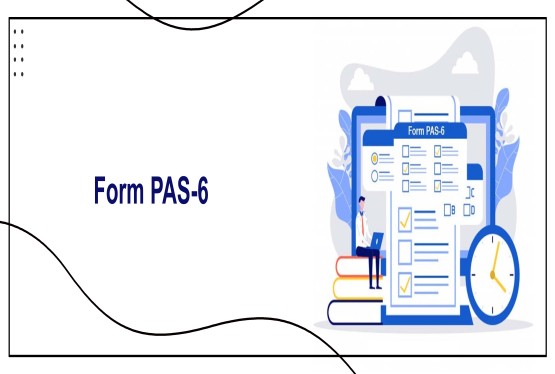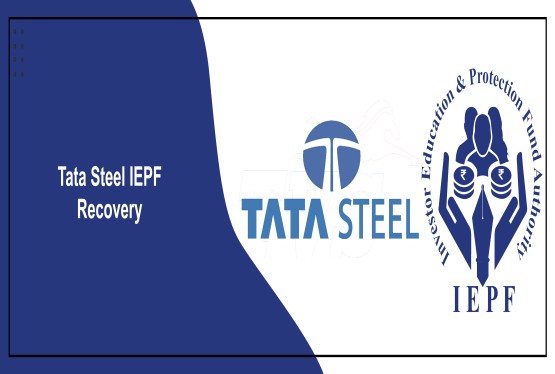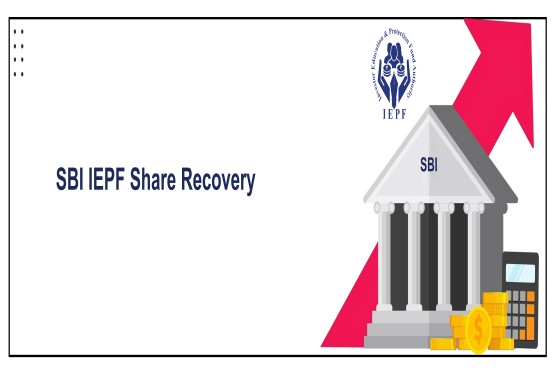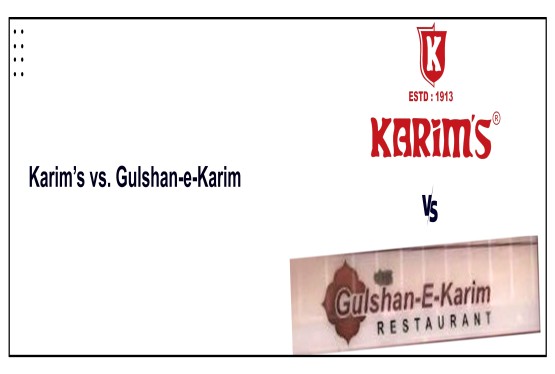If you have lived in India long enough, there’s a very high chance that you or someone in your family has had an account with Punjab National Bank one of India’s oldest, most respected, and most deeply rooted financial institutions. Whether it was depositing your first pay, applying for an education loan, opening a pension account for your parents, or paying school fees, PNB has silently been a part of countless Indian households for more than a century.
Founded in 1894, PNB is more than just a bank, it is a symbol of Indian heritage, trust, and resilience. What makes it special is that unlike most banks of its era, PNB was the first purely Indian bank started with Indian capital and managed entirely by Indians. Its founders believed in creating a financial institution that would serve Indians long before the country attained independence.
From pre-independence passbook transactions to today’s digital payments and mobile banking, PNB has continuously adapted, evolved, and grown with India. With 10,000+ branches, 13,000+ ATMs, and a customer base spread across every corner of the country, it stands tall as a bank that reflects India’s economic journey.
Today, millions of investors also hold shares of PNB. But over the years, many have lost track of their share certificates or unclaimed dividends due to shifting cities, old physical shares, signature mismatches, or because the shares got transferred to IEPF.
This article is a complete, detailed, and step-by-step guide to help you recover your lost or unclaimed PNB shares , written exactly in the style and word-length of your SBI article.
Learn more about Recovery of Shares from Investor Education and Protection Fund.
“Historical Background and Evolution of Punjab National Bank”
Punjab National Bank’s history dates back to May 19, 1894, when nationalist leaders like Lala Lajpat Rai, Lala Harkishan Lal, Kali Prasanna Roy, and several others envisioned a bank that reflected Indian values and served Indian citizens at a time when the banking system was dominated by British institutions.
The bank opened its first office in Anarkali Bazaar, Lahore. Every aspect of PNB, from its capital to its board, was entirely Indian. This made it the first “Swadeshi” bank, born decades before the Swadeshi movement itself.
After independence in 1947, during the historic partition of India, PNB lost its Lahore head office but displayed resilience by shifting its registered office to New Delhi, continuing operations without interruption.
Over the decades, the bank expanded across India, bringing formal banking to rural regions, supporting agricultural finance, MSMEs, and public-sector initiatives. PNB became known as a reliable, people-focused bank that served ordinary citizens with honesty and integrity.
Today, after more than 130 years, Punjab National Bank stands as one of India’s largest and most trusted public sector banks, continuing its legacy of national service.
Major Mergers and Acquisitions
Punjab National Bank grew steadily through strategic mergers that strengthened its network and enhanced customer reach.
PNB’s Major Merger Timeline:
1993 – New Bank of India Merger
PNB became the only nationalised bank to merge with another nationalised bank when New Bank of India was absorbed into it. This significantly expanded PNB’s customer base and branch presence.
2019–2020 – Historic Amalgamation
As part of the Government of India’s mega-consolidation plan, two major banks were merged with PNB:
-
Oriental Bank of Commerce (OBC)
-
United Bank of India (UBI)
After this merger, PNB became:
-
India’s second-largest public sector bank
-
One of the largest banks in the world in terms of branches and customers
This consolidation strengthened PNB’s capital base, increased its operational scale, and created a unified banking experience across the country.
Corporate Actions
Corporate actions like dividends, bonus shares, or stock splits directly affect shareholders. Understanding these events is an important before starting any share recovery process.
Stock Split
-
2014 – Face Value Split Rs.10 → Rs.2
Dividend History
PNB has a long-standing tradition of rewarding shareholders through regular dividends. However, if dividends remain unclaimed for 7 consecutive years, both:
-
the unclaimed dividend, and
-
the related shares are transferred to the Investor Education and Protection Fund (IEPF) as required by law.
Digital Transformation and Technological Innovation
PNB has transformed significantly in the digital age, moving from paperwork-based services to modern mobile-first banking.
Key Digital Initiatives:
-
PNB ONE App: A unified digital banking platform enabling fund transfers, account management, deposits, credit card management, and more.
-
PNB Digital Banking & Net Banking: Offers seamless online transactions, bill payments, and financial services.
-
AI-Based Customer Support: PNB uses intelligent chatbots to respond to queries and streamline customer service.
-
UPI, BHIM, and Mobile Wallets: PNB is an active contributor to India’s digital payment revolution.
-
Paperless Initiatives: e-statements, online KYC, and digital onboarding reflect PNB’s push toward sustainable banking.
Through technological upgrades and innovation, PNB is balancing its heritage with modern banking expectations.
Process to Recover Shares or Dividends from IEPF
Step 1: Check Unclaimed Dividend or Share Status
Visit:
-
PNB’s official Investor Relations webpage, or
Enter:
-
Folio Number (physical shares)
-
DP ID / Client ID (demat shares)
If your name appears, it means your shares or dividends have been transferred to IEPF.
Step 2: Contact PNB’s Registrar & Share Transfer Agent (RTA)
Beetal Financial & Computer Services Pvt. Ltd handles PNB’s share registry.
You must contact RTA to:
-
Verify shareholding
-
Obtain the Entitlement Letter (This confirms the number of shares transferred to IEPF)
RTA Contact Details
Beetal Financial & Computer Services Pvt. Ltd,
Beetal House, 3rd Floor, 99, Madangir, Behind Local Shopping Centre, New Delhi, Delhi,110062
011 - 29961281-83
beetal@beetalfinancial.com
Documents Required:
-
Self-attested PAN, Aadhaar
-
Share details (folio/demat statement)
-
Contact information
-
Old dividend warrants (if any)
Step 3: File Form IEPF-5 (Online)
Visit www.mca.gov.in → Select IEPF-5
Fill:
-
Name, PAN, Aadhaar
-
Company: Punjab National Bank
-
Number of shares/dividend amounts
-
Demat account details
Download:
-
SRN acknowledgment
Step 4: Prepare and Send Physical Document Set
Prepare documents including:
-
Printed IEPF-5 form
-
Acknowledgment (SRN)
-
Indemnity Bond
-
Advance Stamped Receipt
-
Entitlement Letter from RTA
-
PAN, Aadhaar copies
-
Cancelled cheque + CML
-
Original physical share certificates (if any)
For Legal Heirs (if shareholder is deceased)
-
Death Certificate
-
Succession Certificate / Will / Legal Heir Certificate
-
NOCs from other heirs
-
ID proof of all claimants
Send to:
Nodal Officer – Punjab National Bank
Investor Services Department
Head Office, Plot no. 4, Sector 10 Dwarka New Delhi - 110075
investor.relations@pnb.co.in
Step 5: Company Verification
PNB verifies documents and sends a Verification Report to IEPF within 30 days
Step 6: Approval by IEPF Authority
Once approved:
-
Shares are credited to your Demat Account
-
Dividend amount is deposited into your Bank Account
This completes the share recovery process.
Conclusion
Punjab National Bank has been woven into India’s financial history for more than a century, serving millions of families and businesses. Over the years, many investors have acquired PNB shares that later became unclaimed due to old physical certificates, misplaced documents, signature mismatches, or transfer to the IEPF.
Thankfully, the government provides a proper mechanism to help investors recover their lost shares. By following the detailed steps above, verifying with the RTA, filing IEPF-5, and submitting documents, shareholders can successfully retrieve their rightful investments.
If you find the process overwhelming or time-consuming, Compliance Calendar LLP can assist you throughout the entire journey, from verification and documentation to filing, follow-ups, and final approval. For expert support, you may contact us at +91 9988424211 or email us at info@ccoffice.in.
Frequently Asked Questions (FAQs)
Q1. What is IEPF, and why have my PNB shares or dividends been transferred there?
Ans. IEPF (Investor Education and Protection Fund) is a government authority where companies must transfer dividends that remain unclaimed for 7 consecutive years along with their corresponding shares.
PNB shares often move to IEPF because of outdated addresses, non-updated KYC, old physical certificates, signature mismatch, or death of the shareholder. Once transferred, the shares are not lost, they can be recovered through the IEPF-5 process.
Q2. Can I recover my PNB shares and dividends from IEPF?
Ans. Yes. Shares and dividends transferred to IEPF are completely recoverable. You must file Form IEPF-5, obtain the Entitlement Letter from Beetal Financial & Computer Services Pvt. Ltd, (RTA), and send the complete set of documents to PNB’s Nodal Officer. After verification and approval, the shares are credited to your Demat account, and dividends go to your bank account.
Q3. How do I check if my PNB shares or dividends are with the IEPF Authority?
Ans. You can verify the status by:
-
Searching your name/folio number/DP ID on the IEPF website, or
-
Checking PNB’s Investor Relations page for the list of shareholders whose dividends or shares were transferred to IEPF.
If your name appears, you need to start the recovery process.
Q4. Whom should I contact for verification and to obtain the Entitlement Letter for PNB?
Ans. PNB’s Registrar & Transfer Agent is Beetal Financial & Computer Services Pvt. Ltd, You must contact them to verify your shareholding and to get the Entitlement Letter, which is mandatory for filing IEPF-5. They confirm your folio details, dividend history, and number of shares transferred to IEPF.
Q5. What is an Entitlement Letter, and why is it important?
Ans. The Entitlement Letter is issued by RTA after verifying your records. It confirms the exact number of PNB shares that were transferred to IEPF and validates your ownership. Without this letter, your IEPF claim is incomplete and cannot proceed to the next stage.
Q6. What is Form IEPF-5, and how do I file it?
Ans. Form IEPF-5 is the official refund form required to claim your shares or dividends back from the IEPF Authority. You must file it on the MCA website with your personal details, PNB details, share quantity, and demat account details. After submission, download the form and SRN acknowledgment for attaching to the physical document set.
Q7. What documents are needed to recover PNB shares from IEPF?
Ans. You need to send the following documents:
-
Printed IEPF-5 form & SRN
-
Entitlement Letter from RTA
-
Indemnity Bond & Advance Receipt
-
PAN, Aadhaar, Bank proof
-
Cancelled cheque & Client Master List (demat)
-
Original share certificates (if any)
For legal heirs: Death certificate + Succession documents + ID proofs + NOCs.
Q8. How long does it take to recover PNB shares or dividends?
Ans. The overall timeline is usually 60–90 days, depending on:
-
How quickly RTA, issues the Entitlement Letter
-
Whether documents are complete
-
PNB’s verification time
-
IEPF Authority’s processing time
Delays usually occur due to signature mismatch or missing legal heir documents.
Q9. How will I receive my shares and dividends after approval?
Ans. Once approved by the IEPF Authority:
-
Shares are credited directly into your Demat account, and
-
Dividends are transferred electronically to your bank account linked with the Demat. You will also receive confirmation through email from MCA/IEPF.
Q10. Can Compliance Calendar LLP help me with the entire process?
Ans. Yes. Compliance Calendar LLP assists with:
-
Checking IEPF status
-
Contacting RTA for verification
-
Preparing and filing Form IEPF-5
-
Drafting legal documents
-
Helping legal heirs with succession paperwork
-
Coordinating with PNB’s Nodal Officer and IEPF Authority
We provide complete end-to-end support until your shares are safely restored.

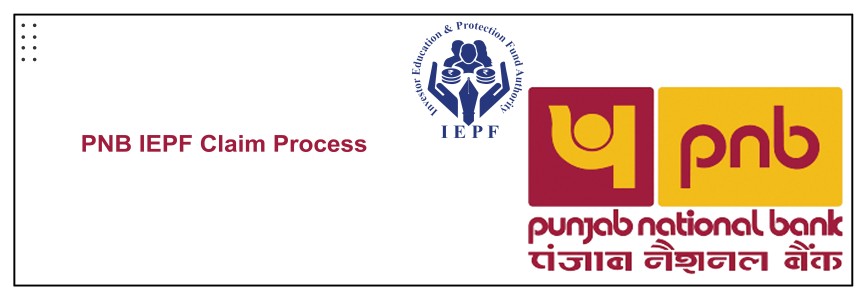









































































_crop10_thumb.jpg)


































































_crop10_thumb.jpg)
_crop10_thumb.jpg)



_crop10_thumb.jpg)


_crop10_thumb.jpg)





_crop10_thumb.jpg)

_crop10_thumb.jpg)














-suratgujarat-section-158_crop10_thumb.jpg)
-suratgujarat_crop10_thumb.jpg)
-(33)_crop10_thumb.jpg)



-ahmedabad_crop10_thumb.jpg)
-learn_crop10_thumb.jpg)

-learnn_crop10_thumb.jpg)



























































_crop10_thumb.jpg)






















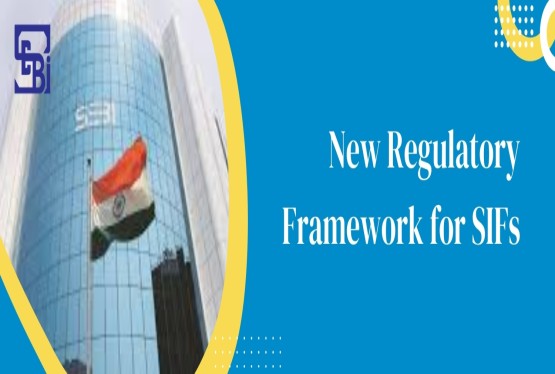
_Guidelines_learn_crop10_thumb.jpg)























_learn_crop10_thumb.jpg)
_crop10_thumb.jpeg)










_crop10_thumb.jpg)




_Second_Amendment_Rules,_2025_learn_crop10_thumb.jpg)







_learn_crop10_thumb.jpg)






















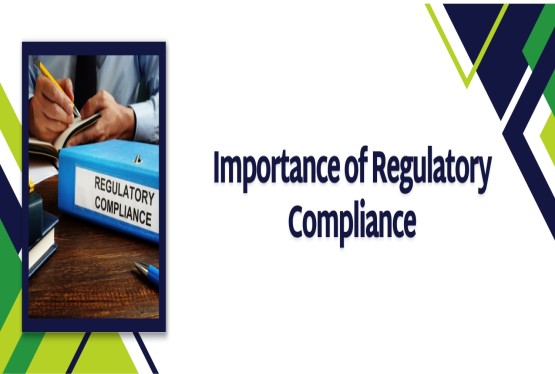












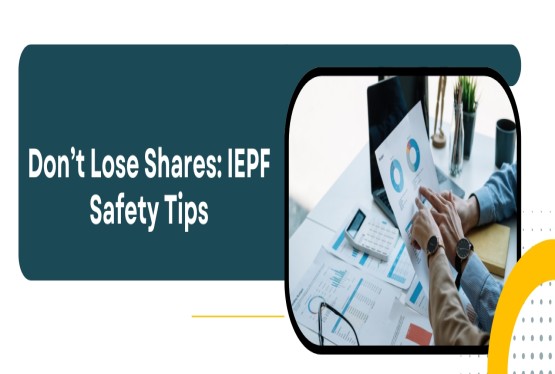


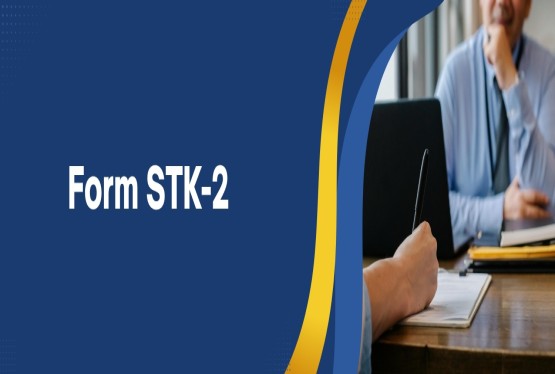

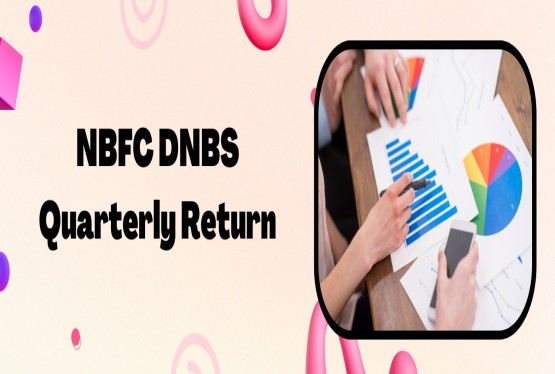

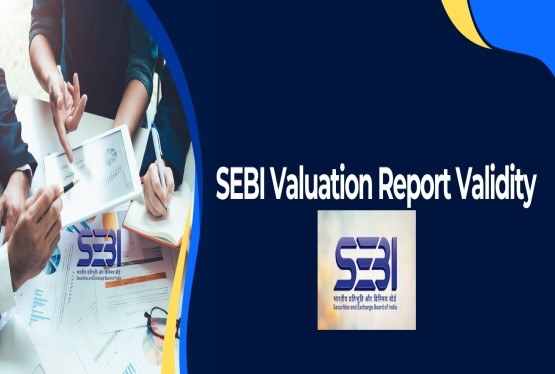

_learn_crop10_thumb.jpeg)

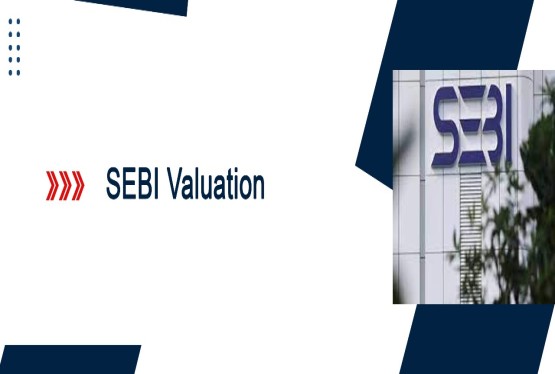




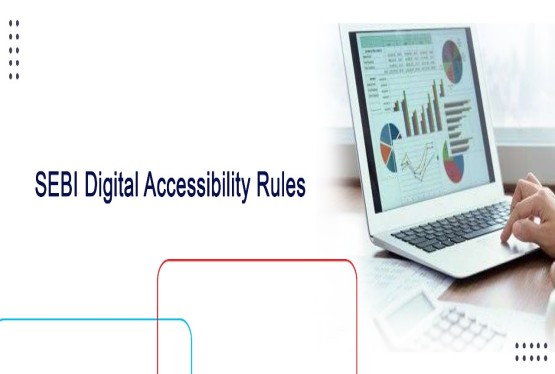

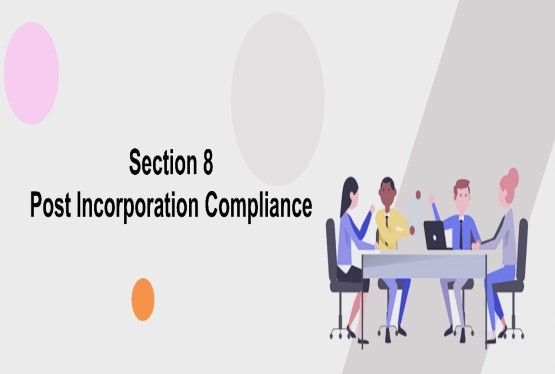







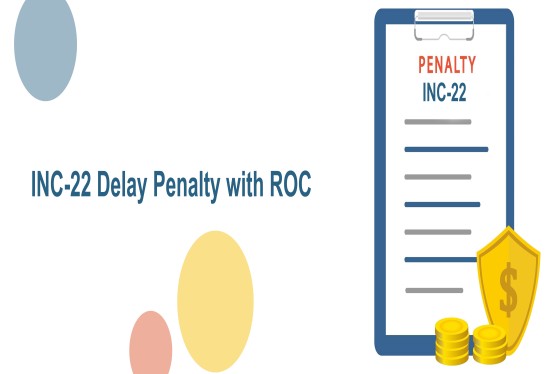


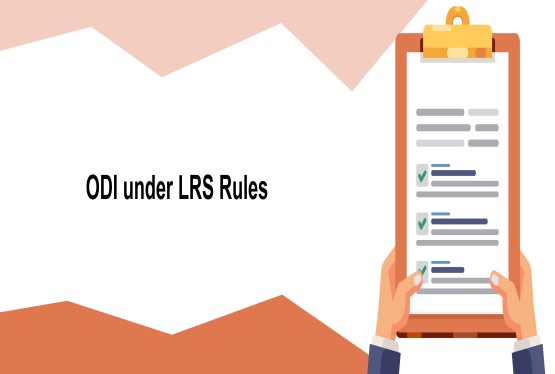
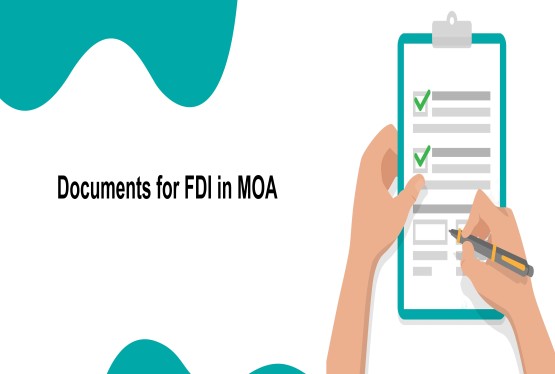


_learn_crop10_thumb.jpg)
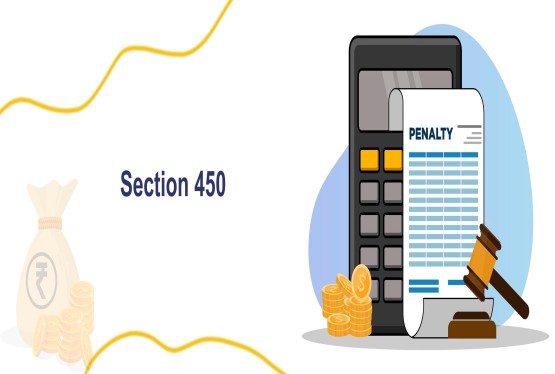


_rd_roc_learn_crop10_thumb.jpg)


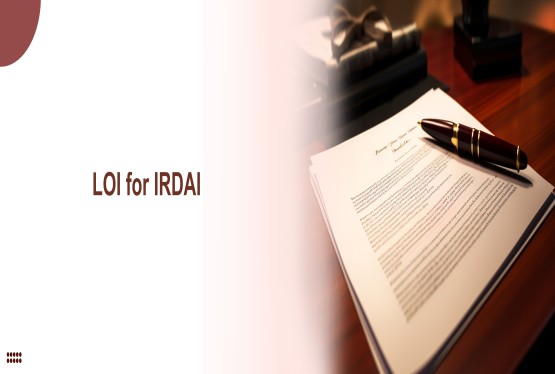


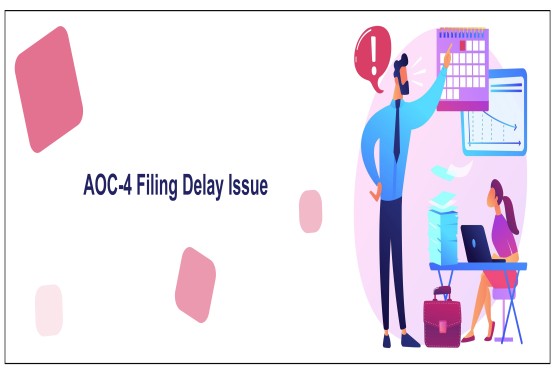










_learn_crop10_thumb.jpg)
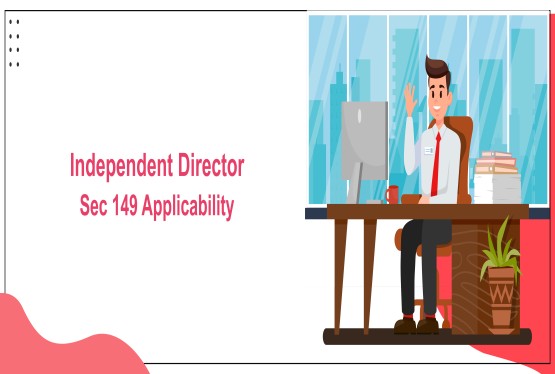

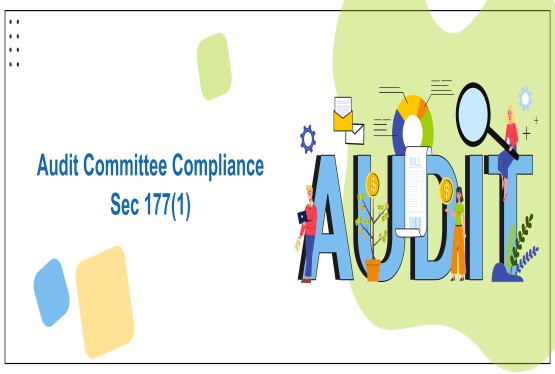



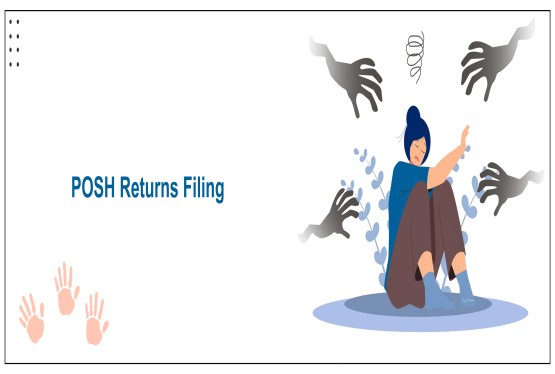
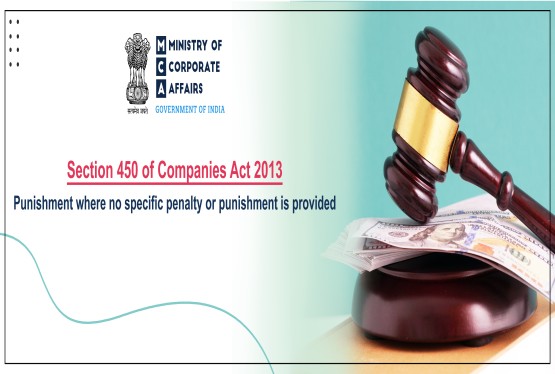


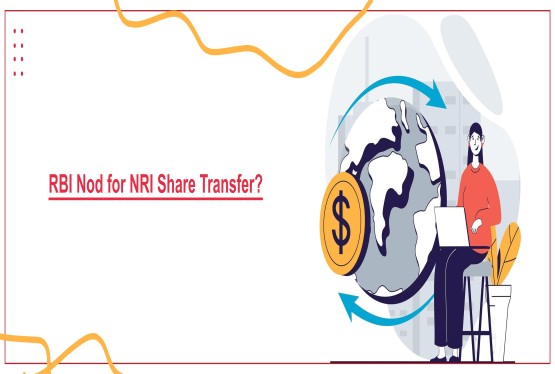


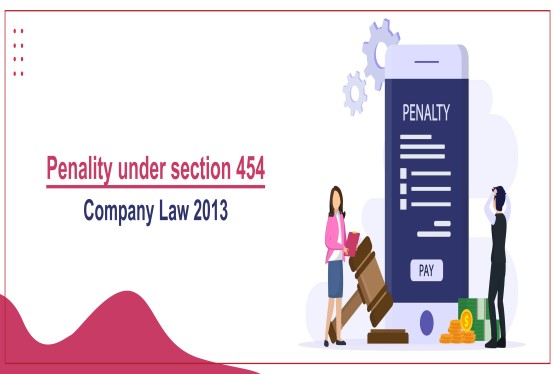
_learn_crop10_thumb.jpg)
_Learn_crop10_thumb.jpg)
